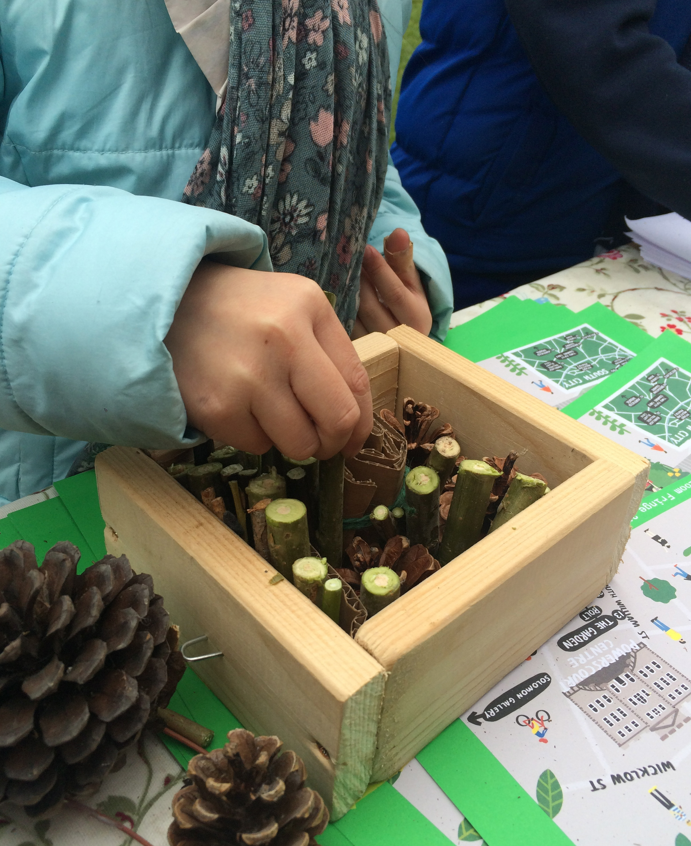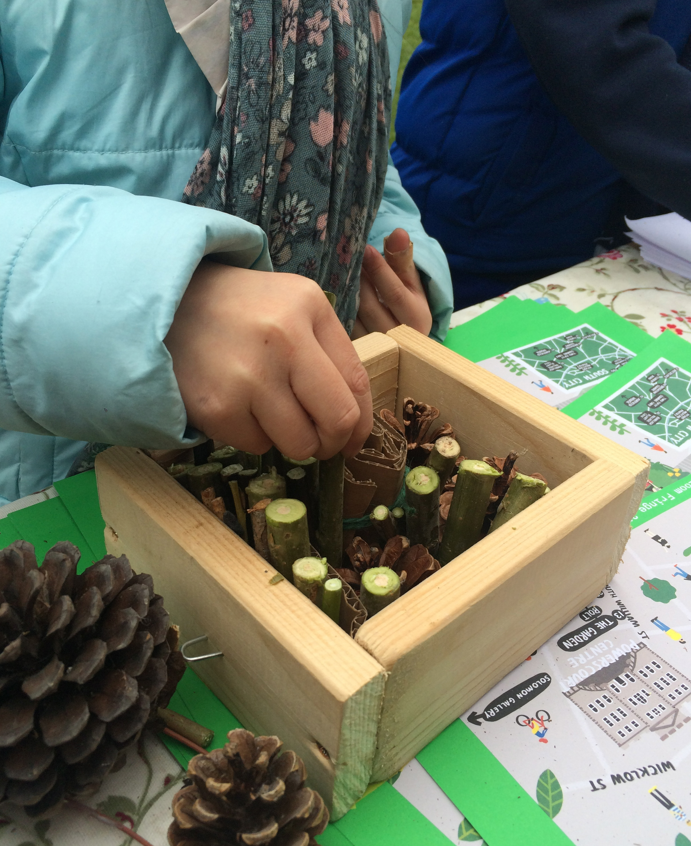By Marion Keogh, Garden Design
Things to consider are weather, getting hands/clothes dirty, safety.
Gardening Gear
Provide some tools to make the work easier – hand trowel, kneeling pad, small snips, watering can, gardening gloves.
You can buy kiddie sizes which are nice for small kids but children like using adult tools because they feel more important. Small gloves are worthwhile though.
Big garden forks and spades are heavy and might present safety issues so hand tools are great as they keeps everyone on a micro scale.
A raincoat and/or baseball cap are handy to keep drizzle and sun off. Wellies are good but don’t get too hung up on clothes – it’s good to get dirty. Soil is good for you once there are no cats or dogs visiting it.
Plant Spring bulbs like Daffodils, Crocus, Snowdrops in September/October and Tulips in November. They teach kids about patience and great to learn colours.
Sowing seeds is excellent – Cosmos, Marigolds, Sweet William, Snap Dragons, Lambs Ears, Sweet Pea are all easy to grow when they germinate. They look beautiful, feel really nice and produce pretty flowers for pollinating insects and birds. Food seeds to grow are: Rocket, Lettuces, Herbs, Squashes, Pumpkins, Courgettes. These can all be grown outdoors in Ireland. Basil is best grown indoors or in a glasshouse.
Make a Nature Table indoors and add to it when you go outside or go for walks. Encourage the children to bring back fallen leaves, stones, shells, cones, flowers and add them to the Table. Write the name down too – the Nature Table could be a piece of wood painted in blackboard paint and they could write in chalk the names of the leaves or where they found a rock. They can also paint flat stones with their names or messages like “The Sun Makes Me Smile” and you can varnish it when it has dried.
Kids can make a Nature Journal to keep notes in or press little flowers. It can be held together with a pretty ribbon.
Making a Bug Hotel is great to get children looking closely for insects which are so important to our Biodiversity ecosystem.
And let them climb trees, lie in the grass, make daisy chains and dream up animals in the clouds. Allow them the time to fall in love with Nature and you’ll find you’ll do the same yourself.
Marion Keogh, May 2023
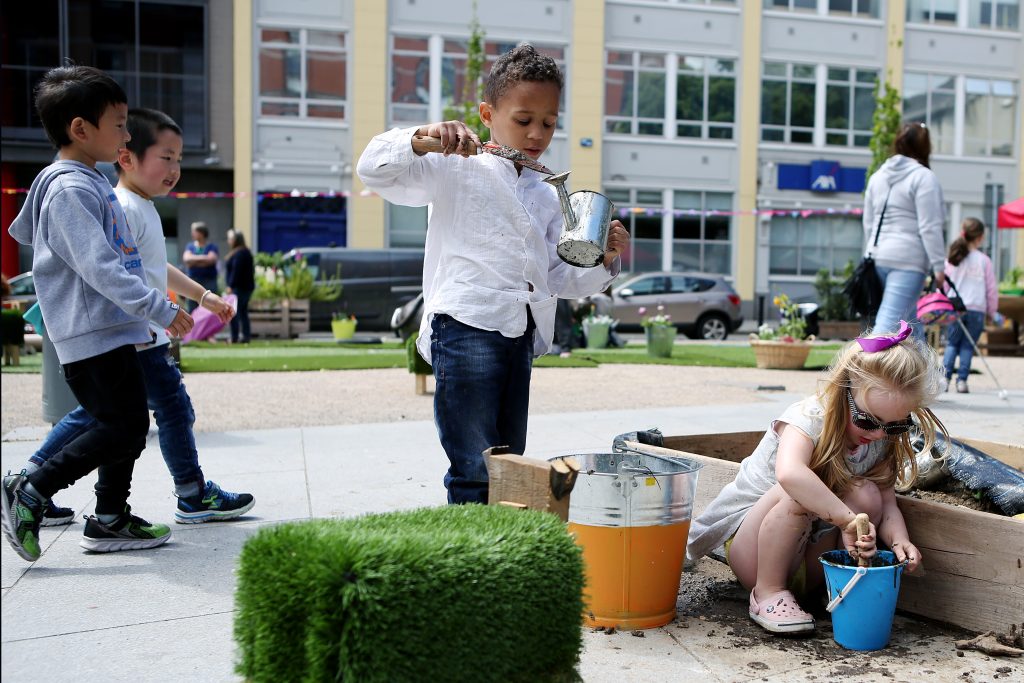
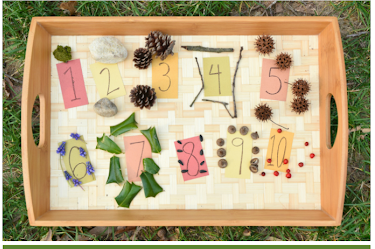
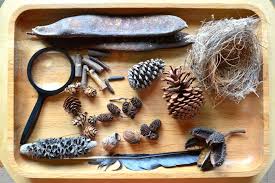
The 1,2,3’s to Sowing Seeds
- Open the seed packet carefully
- Pour compost into a pot or into seed modules
- Sprinkle the seeds evenly on top of the compost
- Sprinkle a little compost on top of the seeds
- Put a little fine gravel or horticultural grit on top again
- Water gently – the rose on the top of a watering-can spout is good for this
- Leave indoors in a sunny spot until the seeds germinate – ie. tiny plants sprout through the soil
- Keep them watered but not too much water – put a tray or saucer underneath so the water doesn’t damage your furniture, window sill or floor
- When the seedlings are tall and getting a bit overgrown it’s time to pot them on – turn the pot upside down and carefully ease the plants out onto a clean surface like a table or tarpaulin
- Break apart the small plants taking care not to break the roots systems
- Get a new pot per plant, add compost, plant the new plant into its own pot and firm it in with the soil not going above the line of the pot and add some grit on top to keep the water in
- If you have space they can be transplanted into the ground when they grow too big for the pot or the roots are growing out of the bottom of the plant
- The baby plants can be left to grow outdoors from May onwards when frosts and cold weather have gone
- Seed sowing can be done in September and October and those seedlings will be stronger for the following summer; or sow in February, March and April. Autumn sown seedlings are safer to be kept in a coldframe between January and May and then put outside.
